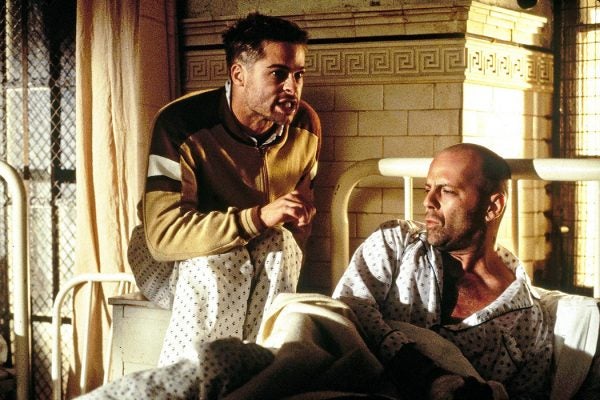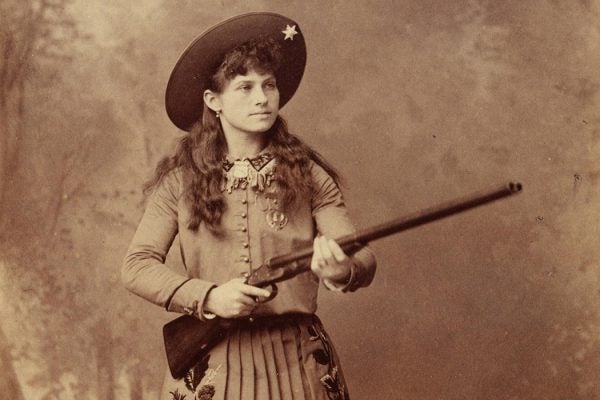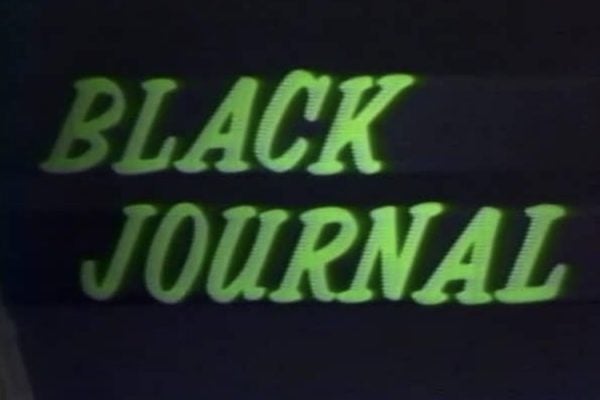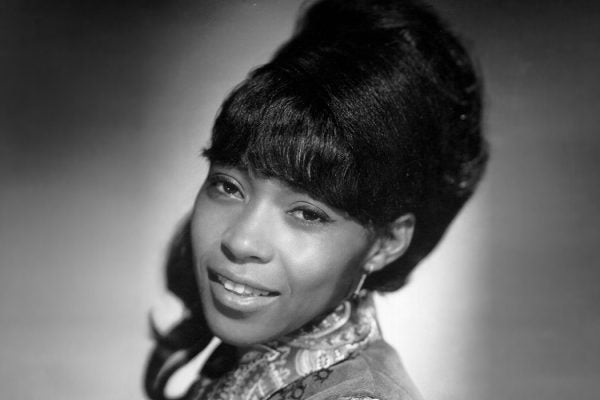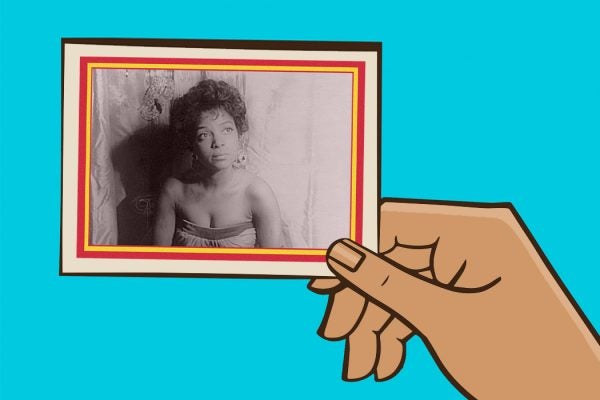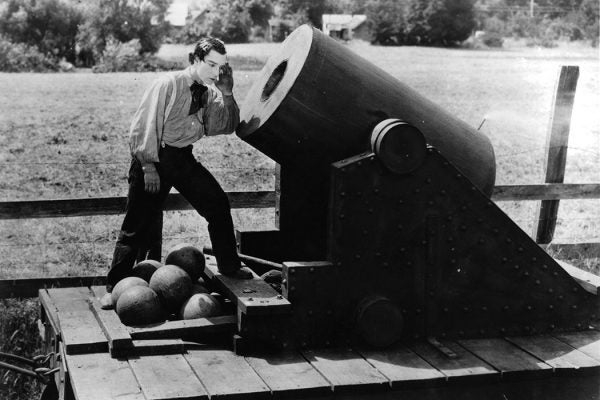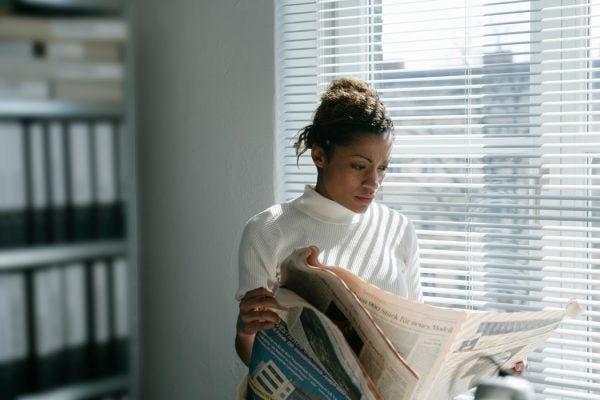From La Jetée to Twelve Monkeys to COVID-19
If the pandemic has you wishing for yesteryear, watching 12 Monkeys—and the time travel art film that inspired it—is just the thing.
How Annie Oakley Defined the Cinema Cowgirl
“Little Sure Shot” was famous for her precision, athleticism, and trademark femininity.
Black Journal and Liberatory Television
Underrepresented in the country's newsrooms, Black journalists found an outlet on public affairs shows like Black Journal.
The First Black Woman to Perform at the Grand Ole Opry
Linda Martell made the switch from R&B to country music in the late 1960s. Her star then shined on country's biggest stage.
How Trading Card Collectors Have Fought Stereotypes
By making what may have been unseen visible, trading cards have often provided an opening into larger conversations on race, gender, and representation.
The Satanic Foreign Film That Was Banned in the U.S.
Benjamin Christensen's Häxan was part documentary and part fantasy—and considered too disturbing for public viewing.
ONE: The First Gay Magazine in the United States
ONE is a vital archive, but its focus on citizenship and “rational acceptance” ultimately blocked it from being the safe home for all that it claimed to be.
What Drove Buster Keaton to Try a Civil War Comedy?
“Someone should have told Buster that it is difficult to derive laughter from the sight of men being killed in battle.”
Diorama, qu’est-ce que c’est?
Before his daguerreotype, the French inventor Louis Daguerre unveiled a new kind of “virtual reality” on a British stage.
Media Literacy & Fake News: A Syllabus
Ten lessons from the past and steps we can take now to educate ourselves and our students about how to be a thoughtful consumer of information.
